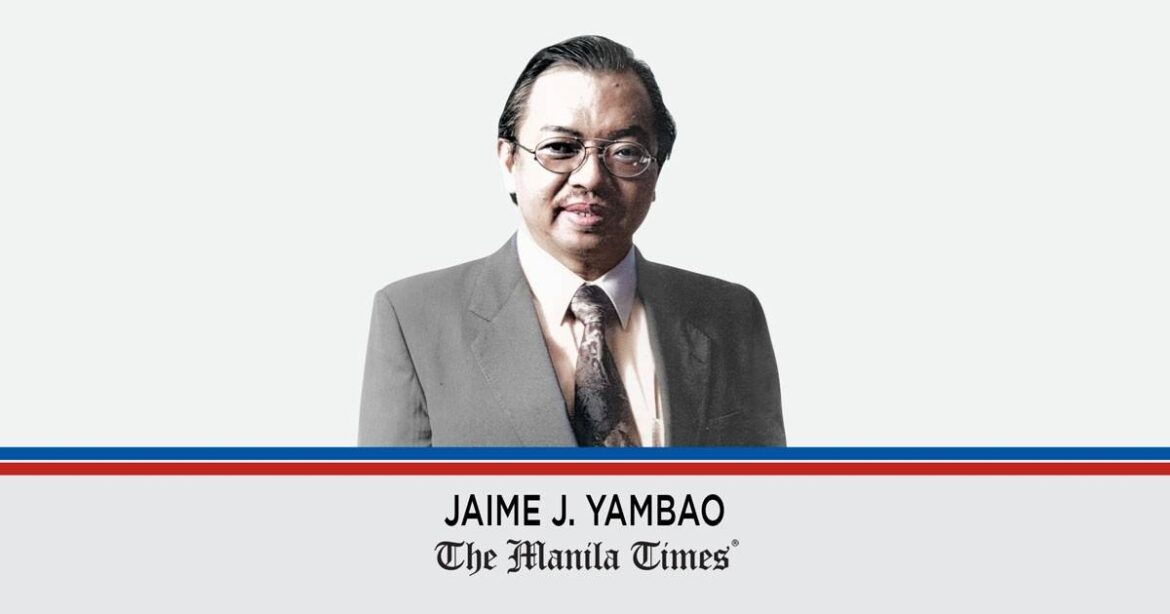THIS writer served for a time as secretary of the interagency committee that prepared the Philippine Pavilion at the World Exposition that took place in April-October 1992 in Seville, Spain. The pavilion was criticized by some Filipinos for presenting too much of ancient history and little of the directions that the country was taking then and its aspirations for the future. The Seville Expo having taken place a few years after the EDSA Revolution, many Filipinos at the time regarded their country and themselves as quite exceptional. Perhaps the committee could hardly be blamed for the emphasis it placed on history because that expo happened to be taking place in Spain with which the Philippines shares a lot of history. The pavilion actually not only sought to show that much shared history but also the rich culture that the Filipinos had before the coming of the Spaniards through the display of antique jewelry and gold accessories. (A risky decision that turned out to be. A private-sector contributor to the gold display reportedly lost a part of her collection to criminal elements that followed her on her way home to the Philippines).
The Seville Exposition actually had a distinctly historical theme: “The Age of Discovery,” celebrating the 500th anniversary of the discovery of the Americas by Christopher Columbus. But to the public, the World Fairs from their beginning in the 1800s have served mainly to keep track of the progress of humankind and make the members of the international community aware of each other’s activities, accomplishments and plans in this regard. Seville presented itself during the expo as the City of the Future. Expo 1992 had the first express train to ferry visitors to the exposition site, and it was the first time that pavilions made their presentations in high-definition television. Many pavilions dealt primarily with their scientific and technological accomplishments, and featured sci-fi landscapes.


AloJapan.com